Miffy Cheng - Assistant Professor in the Faculty of Pharmaceutical Sciences at the University of British Columbia
Miffy Cheng - Assistant Professor in the Faculty of Pharmaceutical Sciences at the University of British Columbia
Biography
Miffy is an Assistant Professor in the Faculty of Pharmaceutical Sciences at the University of British Columbia. She has a broad range of research experience across institutions in the United Kingdom and Canada, engaging in a collaborative and multidisciplinary research environment. She completed her BSc (2014) and PhD (2018) at the Department of Chemistry, University of Hull, UK. During her graduate study with Professor Ross Boyle, she developed multiple novel bioconjugate systems using bioorthogonal chemistry to successfully conjugate NIR dyes to clinically relevant targeting moieties such as Herceptin and Pentixafor, demonstrating her expertise in porphyrin chemistry and selective targeting moieties. She extended her expertise in building innovative cancer imaging agents beyond molecular conjugates and pursued postdoctoral training with Professor Gang Zheng at the Princess Margaret Cancer Research Centre (PMCRC) in Toronto. There, she developed her lipid nanoengineering and in vivo experience while synthesizing novel building blocks to create nanoparticles for in vivo cancer radio- and optical imaging. Subsequently, she joined Dr. Pieter Cullis’s Nanomedicine Research Group at the Department of Biochemistry and Molecular Biology at the University of British Columbia (UBC) to expand her nanoengineering skillset to include mRNA delivery systems design using lipid nanoparticles. Her new lab focuses on advancing next-generation nanomedicines, particularly lipid nanoparticles (LNPs) for gene therapy to combat chronic diseases.
Interview
NanoSphere: Tell us a bit about yourself—your background, journey, and what led you to where you are today.
Miffy: I've always been one of those curious kids, constantly asking questions about how things work. Luckily, my family encouraged that curiosity and that openness is really what led me to science. My research journey began in the UK, where I completed both my undergraduate and PhD studies in chemistry at the University of Hull. I started off as a small molecule chemist, focusing on the synthetic design of bioconjugate systems, specifically, cancer-targeting near-infrared (NIR) fluorophores used for fluorescence-guided surgery. It’s an exciting technique with incredible potential to improve tumor resection outcomes. That early work gave me a solid foundation, but I also realized I wanted to branch out beyond small molecule synthesis and explore other areas of science. So, I moved to Canada for my postdoctoral training at the Princess Margaret Cancer Centre. That was a transformative experience. The environment was deeply collaborative, I was working alongside physicists, engineers, biologists, and clinicians all focused on cancer research. It broadened my perspective and gave me hands-on experience in lipid nanoengineering and preclinical studies, where I was able to design novel building blocks to create nanoparticles for in vivo imaging, my first experience to being able to “see” my chemistry translating into a biological applicable context. My interest in lipid nanoparticles (LNPs) deepened when I joined UBC. I was drawn to the diversity of lipid structures and how their assembly influences delivery. It felt like solving a complex puzzle with a lot many moving parts, but incredibly rewarding, even if it is partial solution. There I became particularly interested in how structure-activity relationships could be leveraged to improve LNP design for gene delivery. Now, I’ve started my own lab at UBC. This is the beginning of a new chapter for me. I’m excited to keep building on everything I’ve learned so far and to continue to bring insights from chemistry, nanomedicine, and gene therapy and hopefully contributing to answering one of the long-standing questions in the field: how do we deliver genetic material safely and effectively to all types of different cells in the body?
NanoSphere: In your recent study, you achieved improved mRNA transfection by inducing mRNA-rich “bleb” structures in LNPs using a high-concentration pH 4 buffer, which preserved the encapsulated mRNA’s integrity. How do these bleb structures enhance the potency of mRNA delivery, and does this finding shift our understanding of what drives LNP efficacy (e.g. mRNA stability vs. intracellular delivery)?
Miffy: Our early understanding of LNP formation was largely built around using siRNA as the cargo, typically formulated in conventional buffers like 25 mM sodium acetate. With rapid mixing methods (t-mixers /microfluidics), we observed that at pH 4, the resulting LNP population were many small, empty preformed vehicles alongside some slightly larger ones that contained RNA. Upon raising the pH to 7.4, the ionizable lipids become neutral, and those vesicles fuse together, forming an amorphous solid core. But then we began seeing other morphologies appear in the literature, including structures we now refer to as “blebs.” These are the result of phase separation within the LNP, where instead of a fully amorphous structure, you see an aqueous pocket protruding from the particle that contains the mRNA. Our recent study discovered that this kind of morphology can be induced by changing the buffer conditions. Specifically, using a high-concentration sodium citrate buffer at pH 4 promotes fusion of the preformed vesicles at the acidic stage, producing larger vesicles. When these are subsequently neutralized, bleb structures emerge. What was remarkable is that these bleb-containing LNPs exhibited much higher transfection potency. As we dug deeper, we began to realize that LNP-mRNA efficacy is not sorely determined by pKa or cell uptake. Rather, we've learned from literature that mRNA can form adducts with ionizable lipids during formulation, which can impair translation and that conventional formulations often contain a significant proportion of empty or particles with few mRNA loaded. From our observation, we believe the improved performance with blebbed LNPs is likely due to multiple factors: they may have higher RNA loading per particle; they may reduce interactions between mRNA and the lipids thus minimizing adduct formation; and they ultimately support mRNA stability and translatability when delivered to cells.
NanoSphere: In collaboration with colleagues, you reported a continuous freeze-drying process that lets mRNA LNPs be stored for at least 12 weeks at 4 °C, 22 °C, even 37 °C without loss of activity. Achieving this stability required optimizing the formulation – for example, using a high ionizable lipid-to-mRNA ratio to prevent payload leakage and selecting buffers like phosphate or Tris instead of PBS. Could you discuss these formulation challenges and how overcoming them with continuous lyophilization might impact the real-world deployment of mRNA vaccines and therapeutics, especially in settings without ultra-cold storage?
Miffy: The role of freezing plays out in two very different ways in the context of LNP and mRNA. Temperature is critical for mRNA stability, as mRNA is highly susceptible to hydrolysis, adduct formation, and RNase degradation. To preserve its structure and function, it is typically stored at –20°C to –80°C. However, the story is quite different for lipid nanoparticles (LNPs). Like liposomes, LNPs are extremely sensitive to freezing when they are hydrated. Water molecules interact with the polar head groups of the phospholipid bilayers or monolayers, and as ice crystals form during freezing, they can physically tear or rupture the membrane. While we have seen cryoprotectants can help stabilize LNPs and reduce damage during freeze-thaw cycles, repeated freezing and thawing is still detrimental to the integrity and performance of the formulation. Our collaborators at Ghent University observed that their lipid mixtures resulting from freeze-drying retained functional performance after rehydration. This prompted us to investigate the structural implications using cryo-EM analysis. We found that both dialysis buffer used, and the freeze-drying process itself significantly influenced LNP morphology. For example, Tris buffer appeared to be more favorable than phosphate buffer as LNPs prepared in Tris showed higher transfection efficiency after lyophilization. We saw that LNPs in Tris underwent a transformation from an oil core structure to bleb formations upon rehydration, while those in PBS shifted from blebs to multilamellar structures (likely leaked cargo upon rehydration). These structural changes directly correlated to mRNA encapsulation and transfection performance. Our findings highlight that freeze-drying conditions, lipid composition, and buffer systems all need to be optimized, there is simply no one-size-fits-all solution and that there is certainly still a lot to learn in terms of biophysics. Despite the challenges, this type of research plays a fundamental role in achieving stable, lyophilized mRNA-LNP formulations. Which in turn, may address the cold chain limitations we saw during the COVID-19 pandemic and ensures future vaccine accessibility and equity on a global scale.
NanoSphere: If there’s one key message or insight you’d like to share with readers about the future of nanomedicine, what would it be?
Miffy: Over the past two decades, we’ve seen remarkable changes across many fields, and nanomedicine is definitely one of those areas that's grown rapidly and captured a lot of attention. There have been some incredible successes, especially in the last few years that we celebrate in the nanomedicine community. But at the same time, there are ongoing challenges and limitations that we can also learn from but don’t necessarily get much attention. I’ve been fortunate to work closely with some of the early pioneers in this space, and that experience has taught me a lot. As a new PI, I believe continuing to share knowledge openly while staying innovative will be the critical step to keeping up the momentum in gene delivery and nanomedicine.
Miffy: Over the past two decades, we’ve seen remarkable changes across many fields, and nanomedicine is definitely one of those areas that's grown rapidly and captured a lot of attention. There have been some incredible successes, especially in the last few years that we celebrate in the nanomedicine community. But at the same time, there are ongoing challenges and limitations that we can also learn from but don’t necessarily get much attention. I’ve been fortunate to work closely with some of the early pioneers in this space, and that experience has taught me a lot. As a new PI, I believe continuing to share knowledge openly while staying innovative will be the critical step to keeping up the momentum in gene delivery and nanomedicine.

